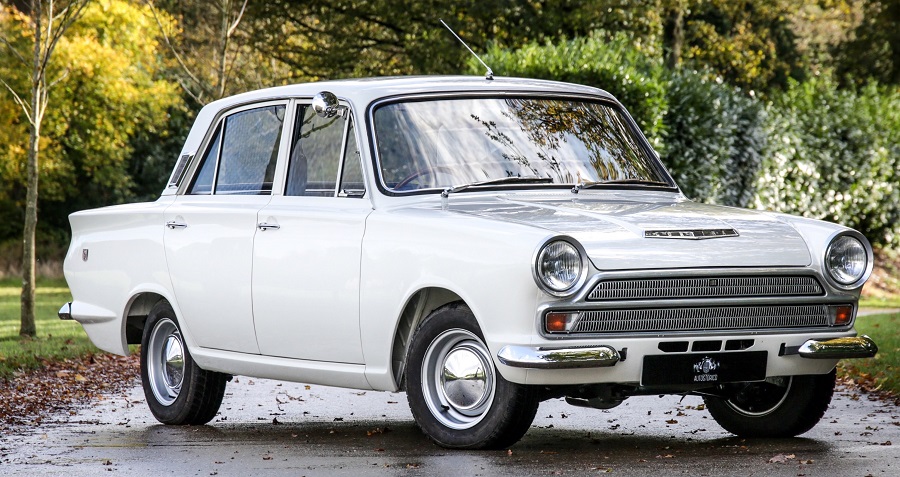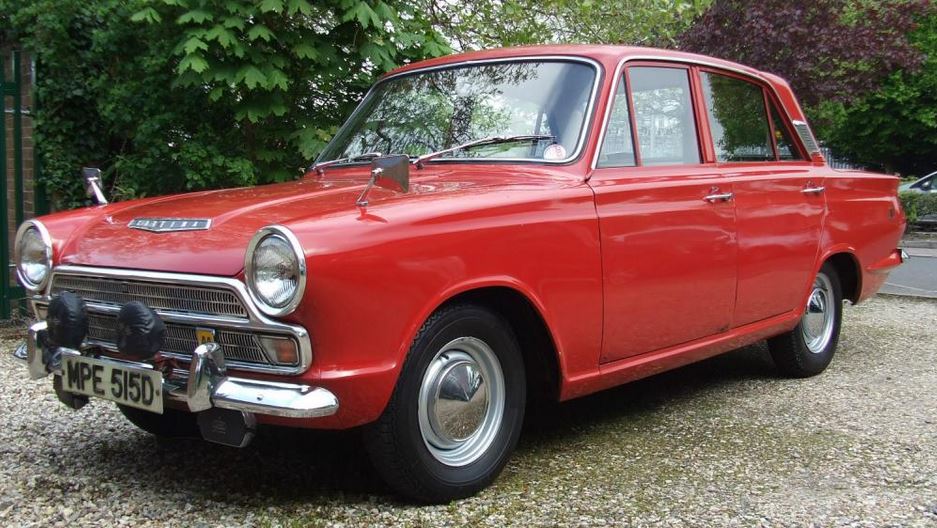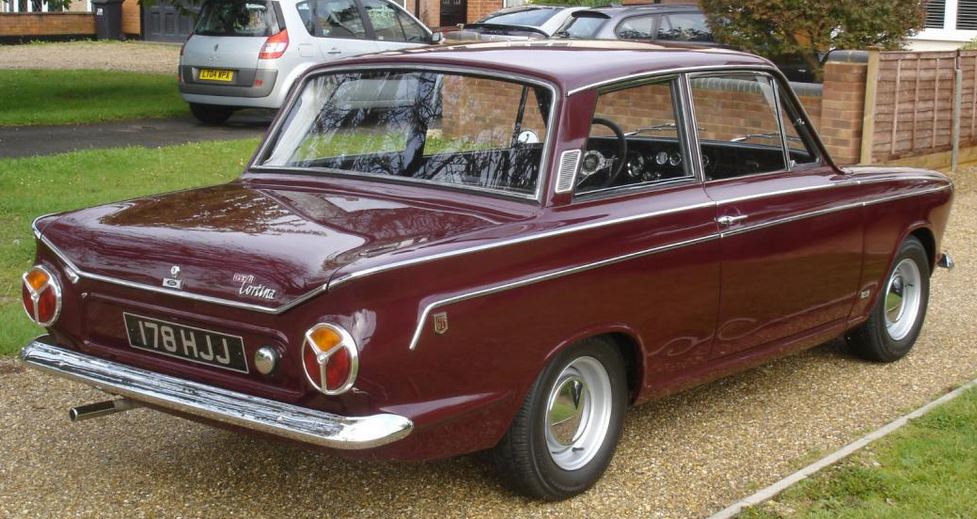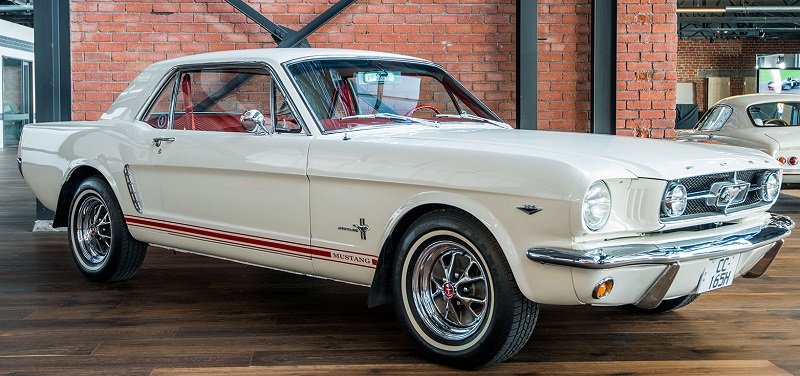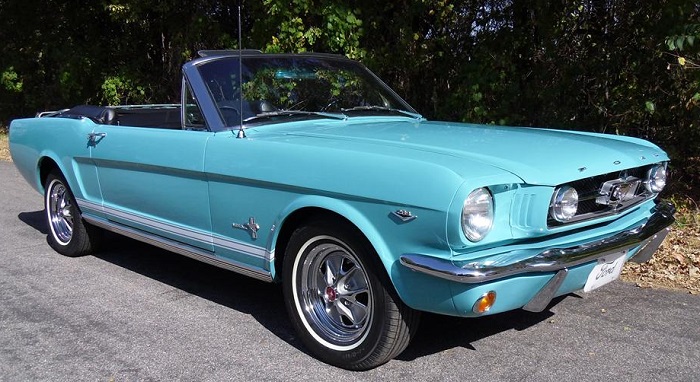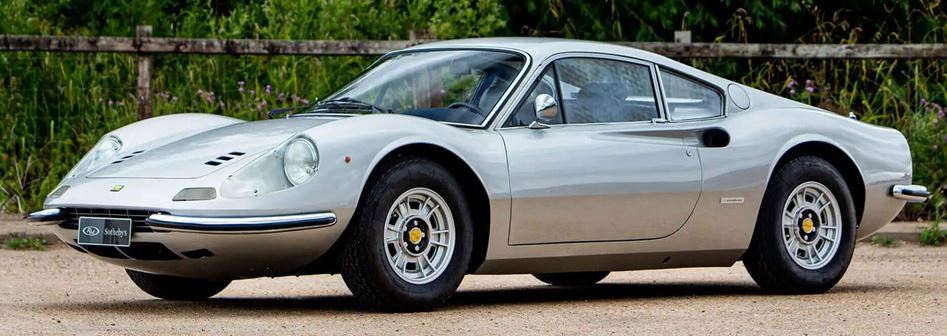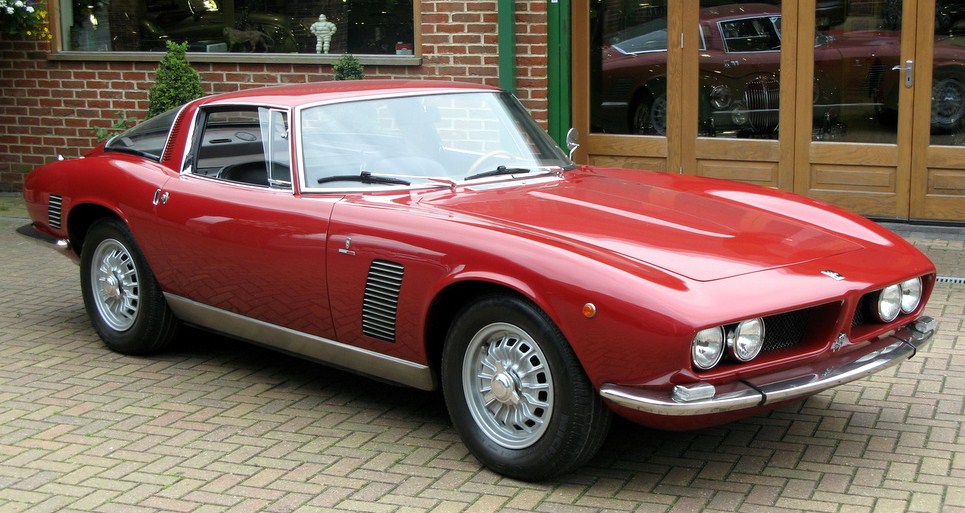Here are two different stories, but with a common link. First, the news from Volkswagen:
Volkswagen’s managing director has warned the sale of electric vehicles is ‘stagnating’ as a poll revealed just 2 per cent of drivers would buy one in the near future.
Alex Smith warned there are currently few incentives to buy EVs.
He claimed sales are in ‘stagnation’ with EVs still ‘relatively expensive’ compared to petrol and diesel cars, adding: ‘It’s true to say that with the retail price of an electric car, you will find a premium.’
Not so much “find” as “get beaten about the head by” that premium, but let me not interrupt the thread.
It came as a poll of 2,375 UK motorists found that just 2 per cent would buy an EV right now. The survey, carried out for industry body the Society for Motor Manufactures and Traders found more than half are not planning to buy one until 2026 or later.
The figures led to growing calls for more support for private buyers to switch to EVs ahead of the planned ban on new petrol and diesel car sales from 2030.
The “support” is, of course, a bribe I mean government subsidy. Funded with taxpayer money.
But apart from the price “premium” (exorbitant cost), why would people’s enthusiasm for Duracell cars be weakening? Of course, there’s that small matter of there being not enough power sockets — even in tiny Britishland — to replenish the battery when the juice runs low: “Oh, the government should just pay for those” (with taxpayer money).
Then there’s this little wrinkle in EV ownership:
An electrical vehicle fire at Nissan Headquarters Tuesday afternoon required several more hours and 45 times more gallons of water to put out than a conventional vehicle fire.
It’s a challenge the Franklin Fire Department warns “all fire departments are struggling with” because lithium-ion battery fires often cannot be extinguished until the battery cell has released its energy.
Firefighters were dispatched around 4:42 p.m. after the car caught fire in the parking lot of 1 Nissan Way. According to Franklin Fire Marshal Andy King, the vehicle, a Nissan Leaf, had been charging on a Level 3 charger, which is the fastest charging device.
That’s when its lithium-ion battery cell reportedly overheated, went into a thermal runaway condition and caught fire. He said firefighters applied water to cool the battery cell for several hours before the fire was extinguished.
No damage occurred to the charger or other vehicles. According to King, firefighters are accustomed to responding to conventional vehicle fires, which are typically put out with one fire engine and anywhere from 500 to 1,000 gallons of water.
However, Tuesday’s fire required nearly 45,000 gallons of water and multiple units, including an engine, tower, battalion chief, rescue, hazmat, and an air response vehicle. In a news release, the fire department urged EV owners to take precautions against fires.
The very best precaution against these kinds of fires, one would think, would be not to buy these spontaneously-combusting wheeled Roman candles in the first place.
As for dealing with the fires themselves: I think that every charging station should be required to have a large tank of water — maybe double the size of a normal backyard swimming pool — so that the fire department can just push the burning vehicle into it until it’s completely submerged.
Then, when all the fuss has subsided and the fire has finally died, the car’s owner should be required to drink a pint of water from the tank.
And now I think I need to head off to the range, because when I read how Gummint is trying to force everyone to buy one of these fucking firebombs, I can feel myself going into a “thermal runaway condition”.


